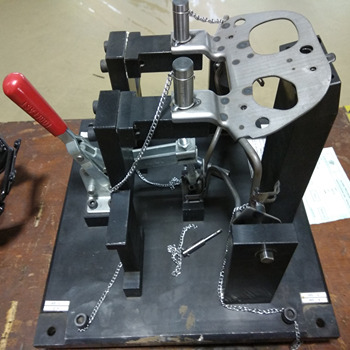3. Forming Process :- After the metal is cut, it needs to be shaped into the right form. This can be done by bending the metal, rolling it into a shape, or stretching it. These methods help turn the metal into the final shape needed for the parts.
4. Joining of Metal Sheets :- Sometimes, different pieces of metal need to be joined together. This can be done in several ways, like welding, riveting, or using glue-like adhesives. The choice of joining depends on the material types used strength requirements, and design considerations of the final metal fabrication parts.
5. Finishing the Product :- Once the parts are shaped and joined, they go through a finishing process. This might involve painting, coating with a powder, or adding a protective layer. These treatments make the parts look nicer and also help protect them from rust or damage.
6. Quality Control :- To make sure everything is perfect, the parts are carefully checked for quality. Engineers measure the parts to ensure they are the right size and that the surface looks good. This step helps catch any mistakes before the parts are used.
7. Assembly Process :- After the parts pass inspection, they are packaged and sent to be assembled. These Custom CNC Metal Parts Fabrication For Industries are combined with other important parts like engines, brakes, and transmissions to create the finished product.

.jpg)
.jpg)
.jpg)